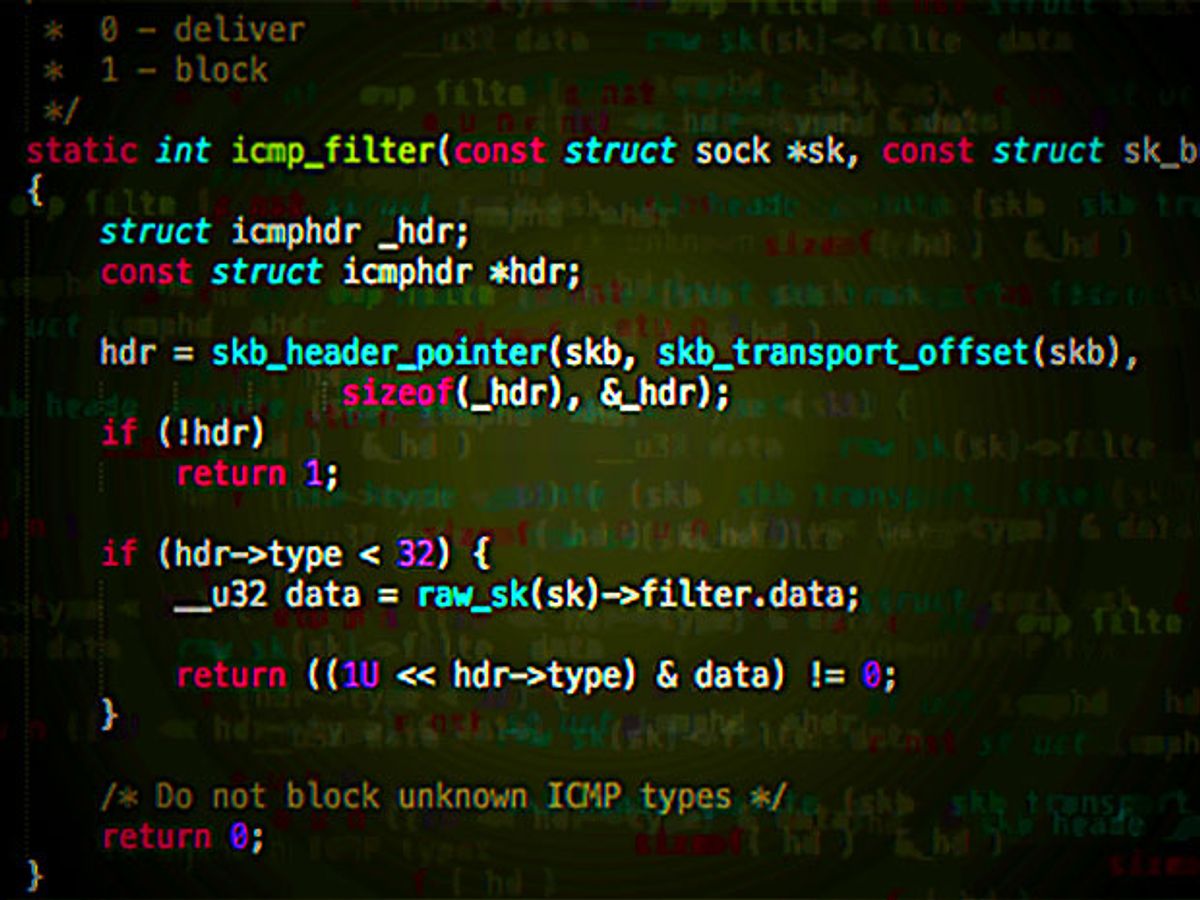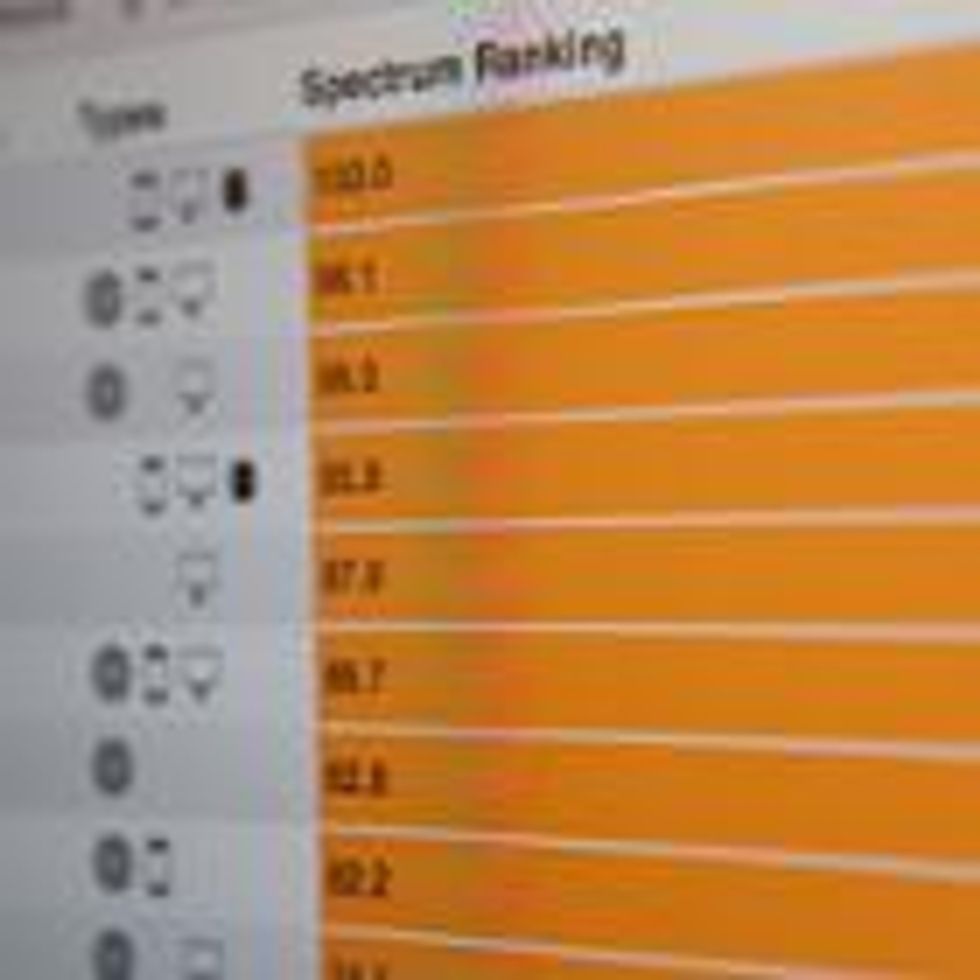The 2016 Top Programming Languages
C is No. 1, but big data is still the big winner

Welcome to IEEE Spectrum’s third interactive ranking of the most popular programming languages. As it’s impossible to look over the shoulder of every programmer, Spectrum uses various metrics as proxies for gauging the current use of a language. Working with data journalist Nick Diakopoulos, from 10 online sources we’ve chosen 12 metrics, each one of which gives insight along a different axis of popularity. Combining the metrics produces a single ranking.
Because each of you may value different things—What’s hot with the folks in open source? What are employers demanding?—Spectrum’s Interactive Top Programming Languages lets you adjust the weight of each metric in contributing to the ranking. You also have the option to filter the results: for example, looking only at languages used in embedded systems or mobile applications. You can customize each weighting yourself or use one of our presets.
The default preset is intended to echo the interests of the average IEEE member. So what are Spectrum’s Top Ten Languages for 2016?
After two years in second place, C has finally edged out Java for the top spot. Staying in the top five, Python has swapped places with C++ to take the No. 3 position, and C# has fallen out of the top five to be replaced with R. R is following its momentum from previous years, as part of a positive trend in general for modern big-data languages that Diakopoulosanalyses in more detail here.
Google and Apple are also making their presence felt, with Google’s Go just beating out Apple’s Swift for inclusion in the Top Ten. Still, Swift’s rise is impressive, as it’s jumped five positions to 11th place since last year, when it first entered the rankings. Several other languages also debuted last year, a marked difference from this year, with no new languages entering the rankings.
Other notable changes include Ladder Logic, rising five positions to 34th place. Ladder Logic is used in programmable logic controllers, especially those used in factories. Although manufacturing may seem like a narrow niche for a language, its relative popularity indicates just how big that niche really is. HTML also continues to be popular, rising to 16th place, despite the horror of some previous users of the Top Programming Languages that it’s included at all (for the record, we take a pragmatic approach and define a programming language as a distinct syntax that is used to give a computer instructions, even if those are just instructions on how data should be structured; Turing completeness is not required).
On the losing side, perhaps the most surprising is that Shell programming—a catchall term for the creation of scripts of the sort beloved by system administrators, using shells such as bash—has declined in popularity, falling seven positions to 19th place. This may reflect the development of more sophisticated systems to manage cloud-based data centers, but we’ll have to wait to see if the trend continues next year or if this is just a statistical fluke.

 Explore the Interactive Rankings
Explore the Interactive Rankings

